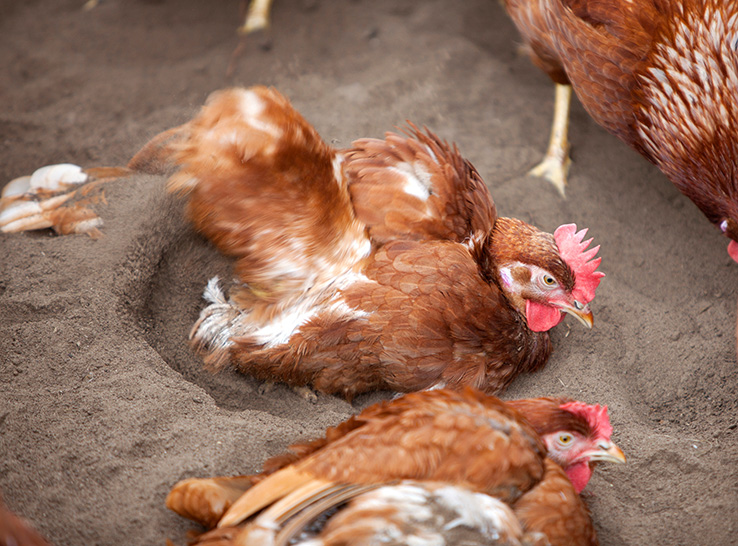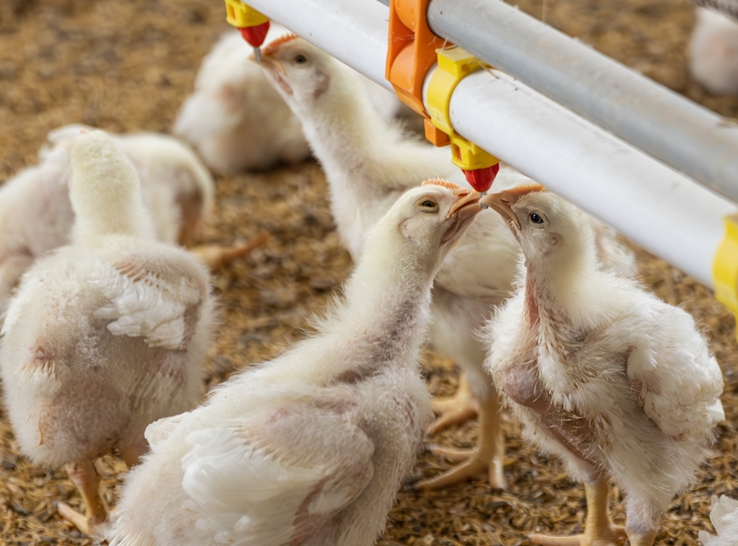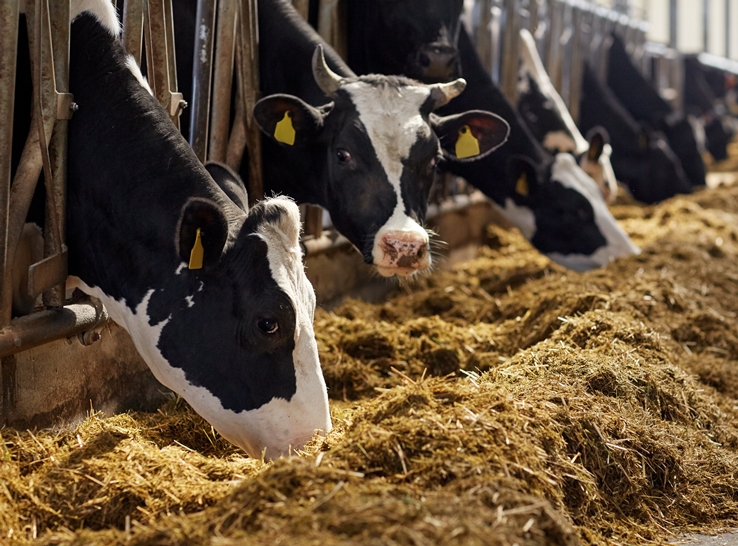A joint research study conducted by the USDA and North Carolina State University (NCSU) researchers demonstrated that housing type — conventional or enriched — can influence levels of human pathogenic Salmonella in the organs of laying hens, with housing in conventional cages resulting in higher frequencies of Salmonella in the birds’ livers, spleens, ovaries and oviducts.
Eggs contaminated with Salmonella enterica subspecies enterica serovar Enteritidis (S. Enteriditis) cause more human illnesses worldwide than any other type of food contaminated with this pathogen. Contamination occurs after systemic infection in layers, which leads to the bacteria colonizing reproductive organs.
Different layer production or housing systems may offer various animal welfare and public health advantages. Yet, when it comes to food safety, many questions remain about the effects of different production systems.
Public health threat persists
Decades of Salmonella on-farm risk-reduction programs have reduced the incidence of human infections worldwide. Even so, pathogenic bacterial strains with greater ability to cause systemic infection in poultry, like S. Enteriditis, still emerge from the “environmental reservoirs” of rodent and insect populations in and around poultry houses.
As a result, although the pathogen’s prevalence inside commercially produced eggs may be very low, the risk of food poisoning persists. Epidemiologic analyses and active disease surveillance efforts continue to document a public health threat from egg-transmitted salmonellosis.
Regarding layer-flock housing, scientific studies have not yet established a consistent pattern of pathogen prevalence in either of two widely used systems: conventional cage housing versus “enriched”” or furnished, colony-type cages.
Study design
For this study, a team from the USDA’s Georgia-based Egg Safety and Quality Research Unit and the Department of Poultry Science at NCSU collaborated “to determine the effects of the two housing systems on the invasion of internal organs by Salmonella Enteritidis in experimentally infected laying hens,” wrote the researchers in their publication in Poultry Science.
In the conventional housing, each cage housed six hens with a floor space of 648 cm2 (100 sq. in.) per hen. In the enriched housing, each cage housed 16 hens with a floor space of 1,216 cm2 (188 sq. in.) per hen, including access to perches, an enclosed nesting area and a scratching area.
All hens received ad libitum water (by automatic nipple drinkers) and pelleted feed. The research team noted that stocking densities in both housing systems represented two-thirds of the maximum levels recommended by the cage manufacturer.
In both trials, researchers orally inoculated hens with a measured dose of S. Enteritidis. Trial 1 hens received a phage type 13a isolate, and those in trial 2 received a phage type 4 isolate. The researchers collected fecal samples pre-inoculation, then at 5 days or 6 days post-inoculation. Then they euthanized hens and collected organ samples, including portions of ceca, liver, spleen, ovary and oviduct.
Housing design matters
No fecal samples were positive for Salmonella pre-inoculation, which confirmed that all hens were specific pathogen free at the start. Nearly 97% of trial 1 hens had ceca positive for S. Enteritidis at 5 or 6 days post-inoculation, while approximately 94% of trial 2 hens had infected ceca. There was no significant difference between layer housing systems for ceca infection.
However, in other organs — liver, spleen and oviduct — there was greater S. Enteritidis phage type 13a in hens housed in conventional cages. The higher frequencies of these organ infections also occurred in phage type 4 inoculated hens and included greater infection of the ovaries as well.
The researchers concluded that “housing type (conventional or enriched) significantly influenced the frequency of Salmonella recovery from all four internal organ sites (when considering the bacterial strains together), as consistently more positive results were obtained from the tissues of hens in conventional cages.”
With this conclusion, they cautioned that “the mechanisms by which housing systems might exert such effects remain undetermined and await further inquiry.”
What does this study mean for producers?
- Conventional housing, which typically has higher stocking density compared to enriched housing, may present a higher risk for Enteritidis infection.
- Additional research may pinpoint characteristics of housing that help mitigate or reduce Salmonella in layers.
The full paper can be found in Poultry Science and online here.
Editor’s note: Content on Modern Poultry’s Industry Insights pages is provided and/or commissioned by our sponsors, who assume full responsibility for its accuracy and compliance.








